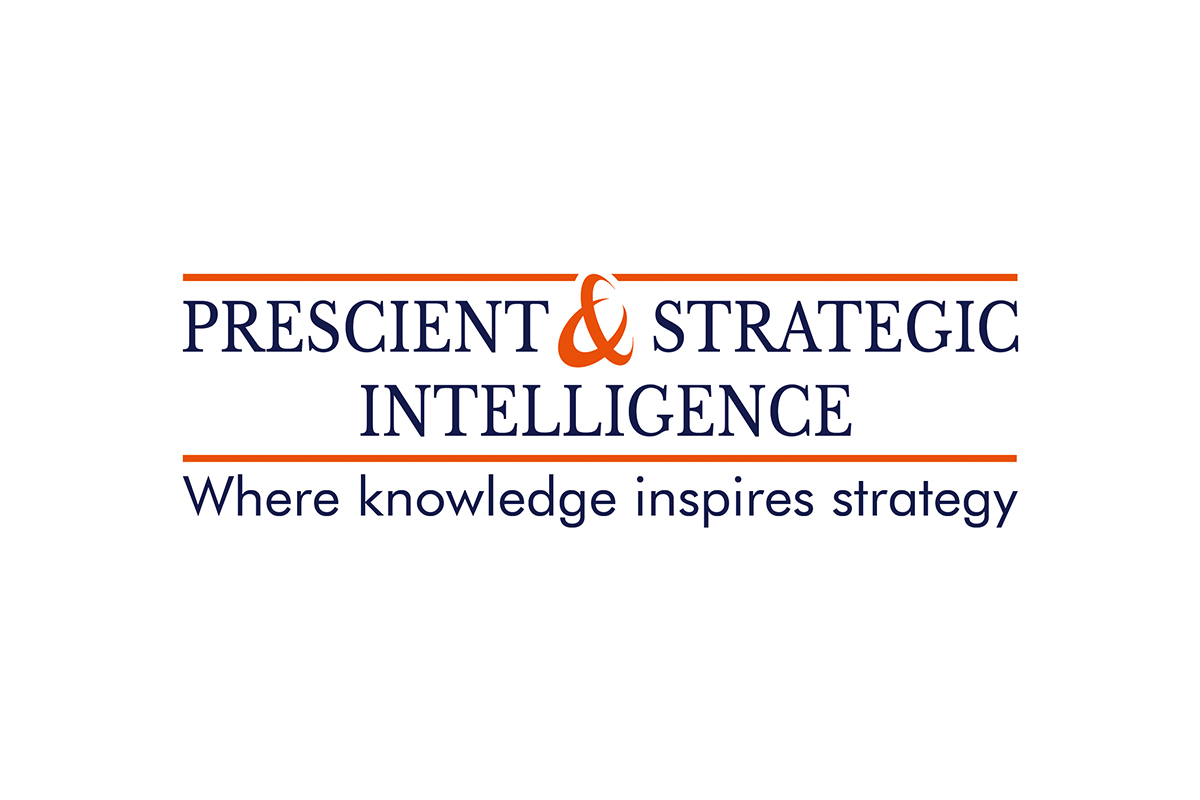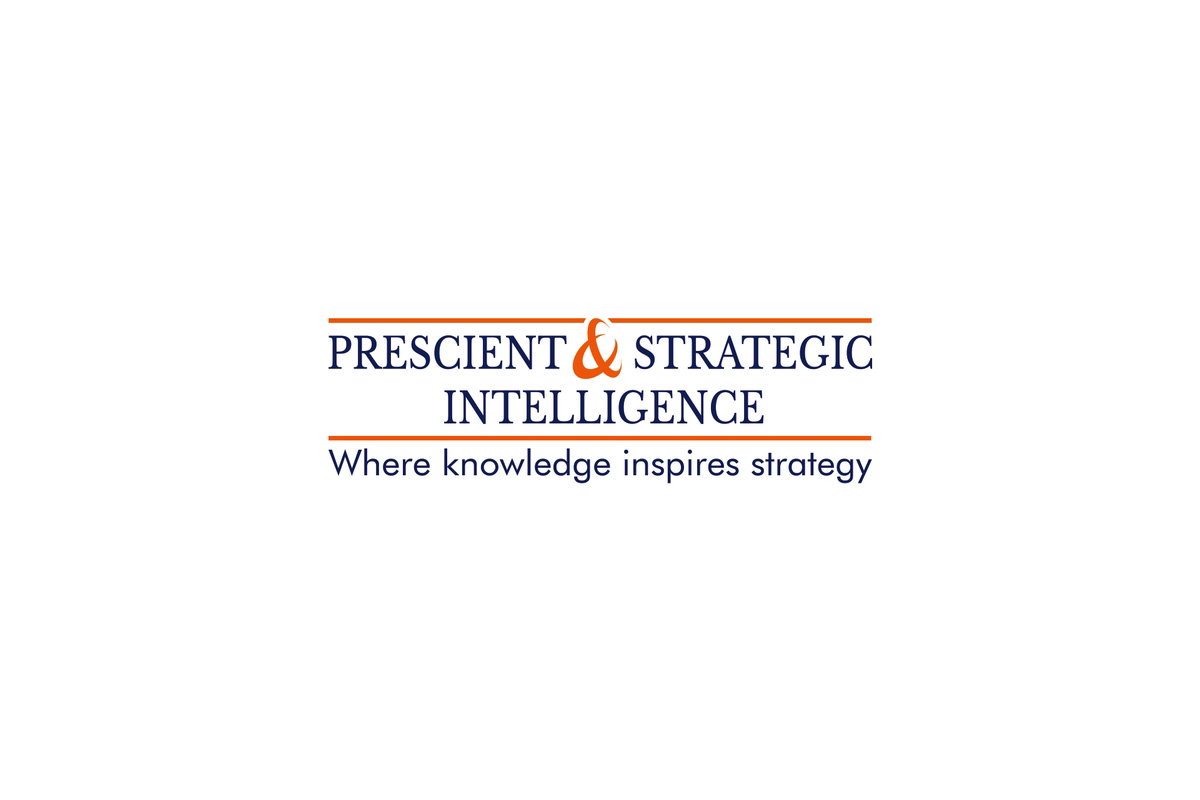In 2022, the mattress market size was $40,810.1 million, which will likely rise to $69,077.7 million by 2030, at a 6.80% CAGR from 2022 to 2030, according to a research report by P&S Intelligence.
The development of the industry is attributed to that of the tourism sector, which is generating the requirement for more hotels and leading to the increasing sales of mattresses.
Get the sample pages of this report: https://www.psmarketresearch.com/market-analysis/mattress-market/report-sample
Furthermore, the increasing concerns for health and the snowballing per capita income have boosted the demand for mattresses, as people are spending more on health-improving items. In addition, people are not shying away from paying more for sleeping aids. The majority of the people compare costs and read the product feedback before purchasing bedding.
Customers Continue To Prefer Bedding Made of Memory Foam
In 2022, the memory foam category was the highest revenue generator. This can be credited to the fact that people suffering from orthopedic conditions, such as joint problems, majorly select memory foam as it provides better comfort than other materials. In addition, the utilization of these products in the hospitality industry is because they are affordable and easily available.
Queen- and King-Size Variants Are Becoming More Popular
In 2022, the queen-size category dominated the market, with a share of approximately 38.5%, and it is projected to grow at a significant pace in the coming years. This can be ascribed to the booming acceptance of queen-size variants in homes, mainly because of their low cost.
Similarly, the king size category is projected to grow at a significant rate in the future. A king-size variant is big enough to adjust two people, still leaving space for a small child or a pet. A king-size mattress is the best option for people looking for more space for sleeping.
The commercial sector is expected to grow at a significant rate over this decade. It is been observed that the average residential users swap their mattresses every 8–10 years, and a hotel usually buys a new one every 4–6 years.
Browse detailed report on Mattress Market Size, Share, Growth and Demand Forecast to 2030
Mattress Manufacturers Remain Most Profitable in Asia-Pacific
The APAC region is leading the industry, with a revenue share of approximately 40% in 2022. This is due to the huge population of India, Indonesia, and China. As the purchasing power of the middle-class population from this region is increasing, their urge to spend more for improved standards of living is also surging. Such factors are expected to support APAC in remaining the largest consumer of such products in the future.
Mattress Market Report Coverage
By Product
- Innerspring
- Memory Foam
- Latex
By Size
- Single
- Double
- Queen
- King
By Distribution Channel
- Online
- Offline
By End Use
- Residential
- Commercial
- Hotel
- Hospital
Regional Analysis
- North America
- U.S.
- Canada
- Europe
- U.K.
- Germany
- France
- Italy
- Spain
- Asia-Pacific
- China
- India
- South Korea
- Japan
- Australia
- Latin America
- Brazil
- Mexico
- Middle East and Africa
- Saudi Arabia
- South Africa
Browse More Reports Published by P&S
Europe Mattress Market Share, Growth, Development and Future Analysis
Canada Mattress and Accessories Market Share, Growth, Development and Future Analysis
U.S. Mattress Market Share, Growth, Development and Future Analysis











